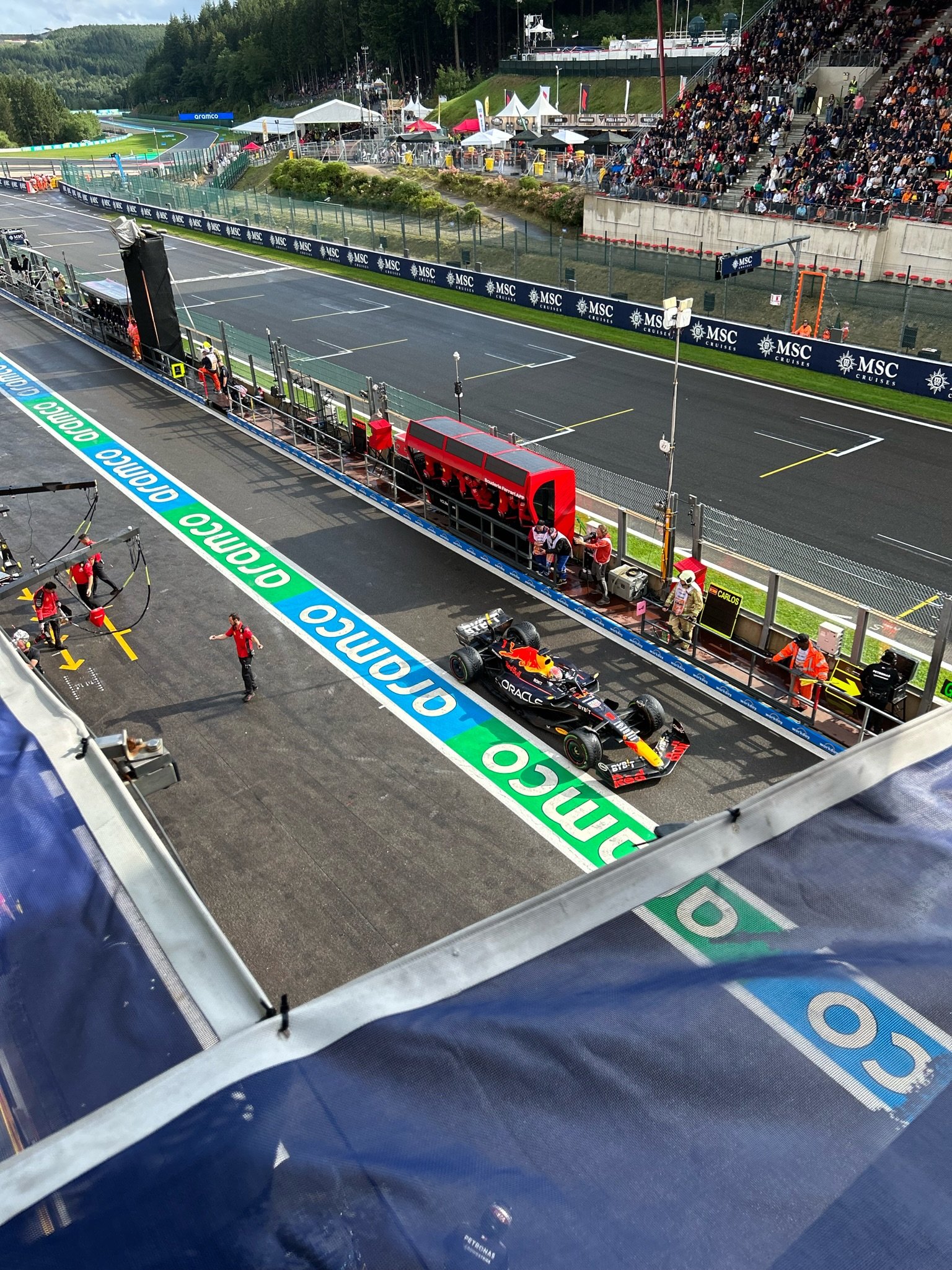Does Pilates Fit In The F1 Training World?
Recently I had the opportunity to go to the Belgian Grand Prix- a circuit I have dreamed of visiting for many years. Finally being at the circuit, and being a Max Verstappen fan, I knew that the weekend was going to be nothing short of spectacular. However, this is not about my F1 experience...
Being at Spa got me thinking about how Pilates can benefit Formula 1 drivers. As a lover of both Pilates and Formula 1, these are a couple of benefits I believe Pilates can make in the lives of F1 drivers.
Pilates is a low-impact exercise method that focuses on core strength, flexibility, and overall body awareness- to name a few.
1. Core Strength: Pilates exercises target the core muscles, including the abdominals, obliques, and lower back. A strong core is essential for drivers as it helps stabilise the spine during high-speed overtakes, accelerations, and braking, reducing the risk of injury and maintaining control of the car.
2. Flexibility: Flexibility is crucial for Formula One drivers to manoeuvre within the confined space of the car and maintain optimal body positioning during long races. Pilates enhances flexibility in the muscles and joints, improving range of motion and reducing the risk of muscle strains.
3. Posture and Alignment: Pilates emphasises proper posture and alignment, which is essential for drivers who spend extended periods in a compromised seated position. Maintaining correct posture can help prevent discomfort and fatigue during races. Correct posture and alignment is not only needed for the car, but also daily life.
4. Breathing and Endurance: Pilates incorporates controlled breathing techniques which improve lung capacity and endurance. Better breathing control can be beneficial during intense races when drivers need to remain focused and manage stress.
5. Balance and Coordination: Pilates exercises often involve movements that challenge balance and coordination. For Formula One drivers, this can translate into better car control and responsiveness on the track.
6. Injury Prevention and Rehabilitation: Pilates can help prevent injuries by strengthening muscles, improving flexibility, and promoting body awareness. Additionally, Pilates can aid in rehabilitation from injuries, which can help drivers recover and return to the track faster.
7. Mental Focus: Pilates requires concentration and mindfulness during each movement. This mental focus can carry over to the track, helping drivers stay calm, alert, and focused during high-pressure situations and for prolonged periods.
8. Recovery and Relaxation: Formula One drivers experience physically demanding race weekends, and Pilates can serve as a form of active recovery and relaxation. Gentle Pilates exercises can help alleviate muscle soreness and tension.
Overall, as we can see incorporating Pilates into a Formula One driver's training regimen can improve their physical and mental performance, enhance their overall well-being, and contribute to better results on the track. As with any exercise program, drivers should consult with fitness professionals who understand the specific demands of motorsport and can tailor Pilates exercises to suit their individual needs.
